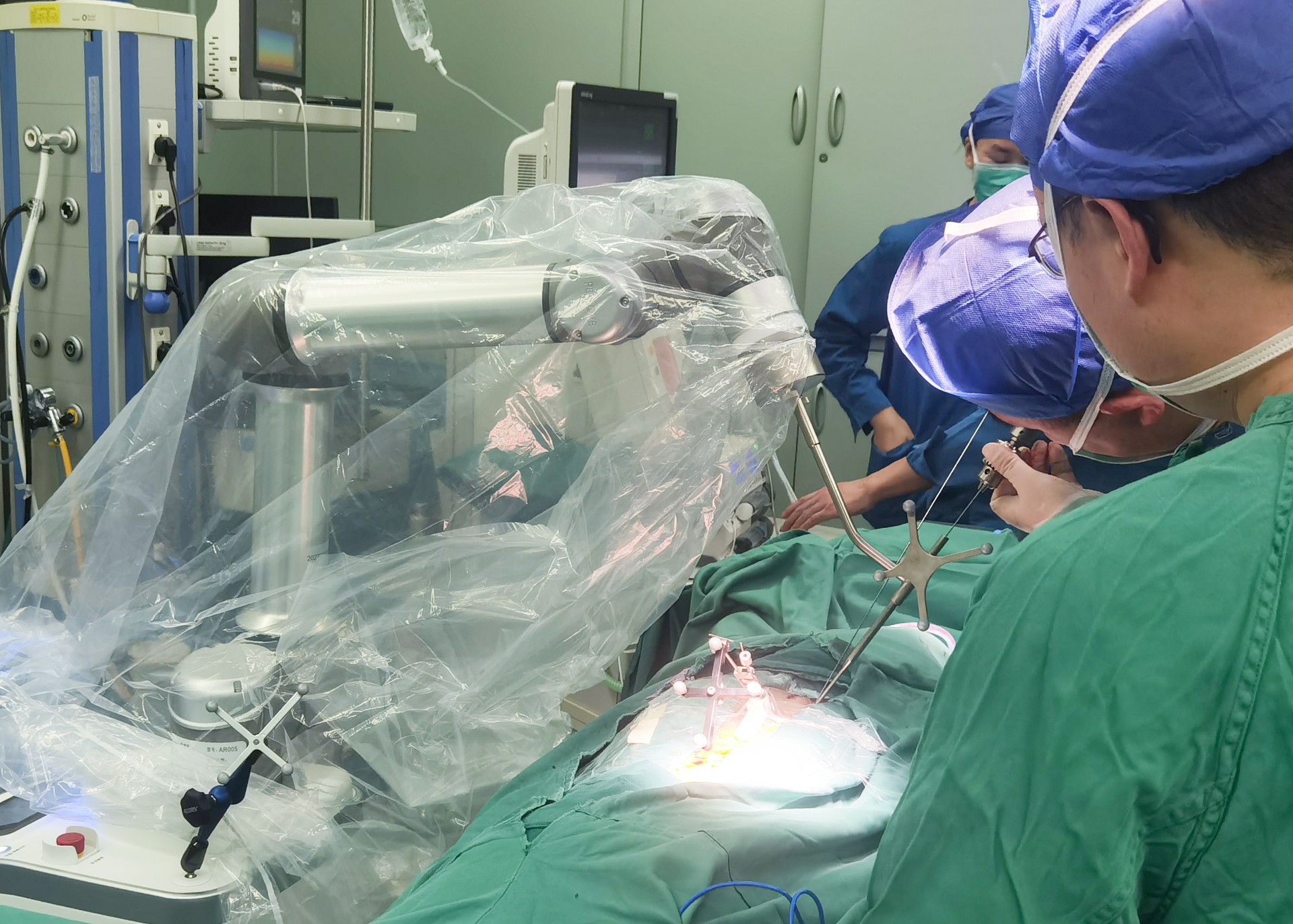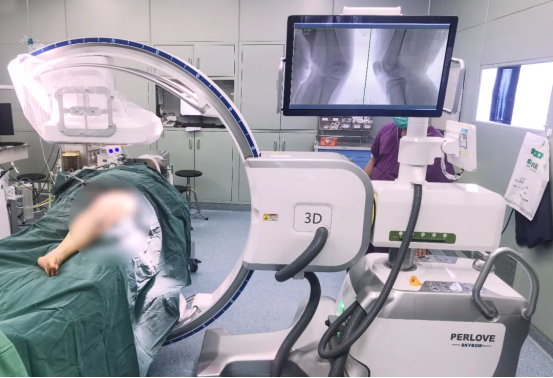1、 Traumatic fracture & pathological fracture
We usually divide pelvic fractures into traumatic fractures (that is, violent fractures) and pathological fractures. Violent fractures are mostly caused by trauma. Pathological fractures may be caused by patients suffering from certain diseases, such as tumors, osteoporosis, and other fractures that occur when external forces are small. This is called "pathological fractures".
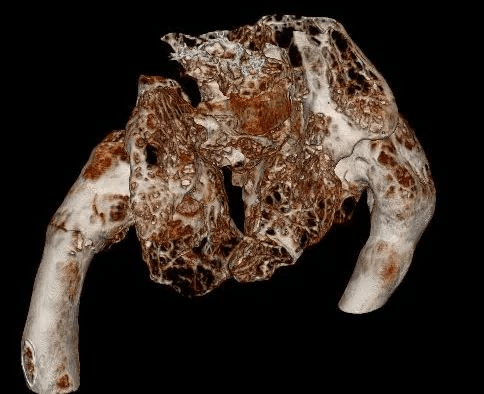
In terms of the size of violence, it can also be divided into high-energy injuries and low-energy injuries. For example, if crashed by a car or falling from a high place, it will usually cause high-energy injuries, while fractures caused by ordinary falls are generally not too serious, which can be said to be low-energy injuries.
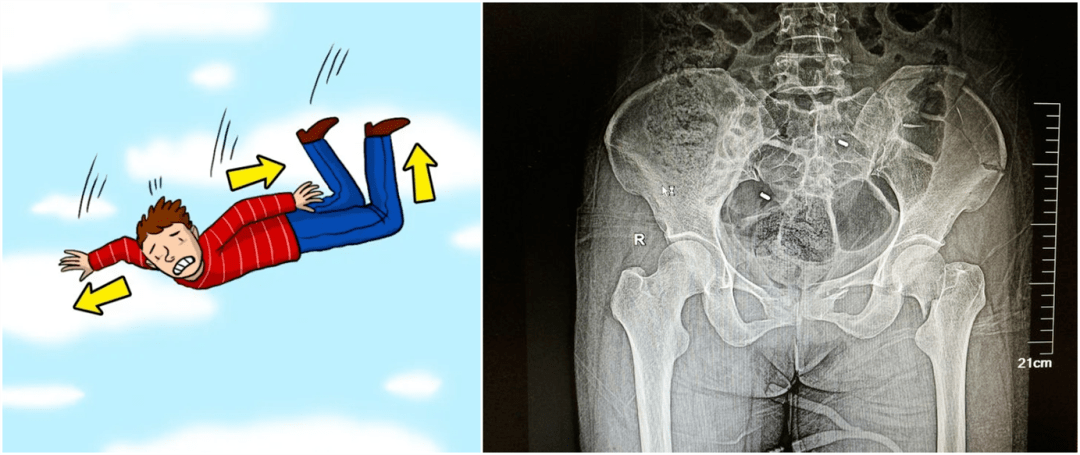
2、 Stable fracture & unstable fracture
In addition, according to whether the pelvic fracture is stable or not, it can be divided into stable fracture and unstable fracture. If it is an unstable fracture, the doctor may recommend that the patient undergo surgery to turn the unstable fracture into a stable fracture.
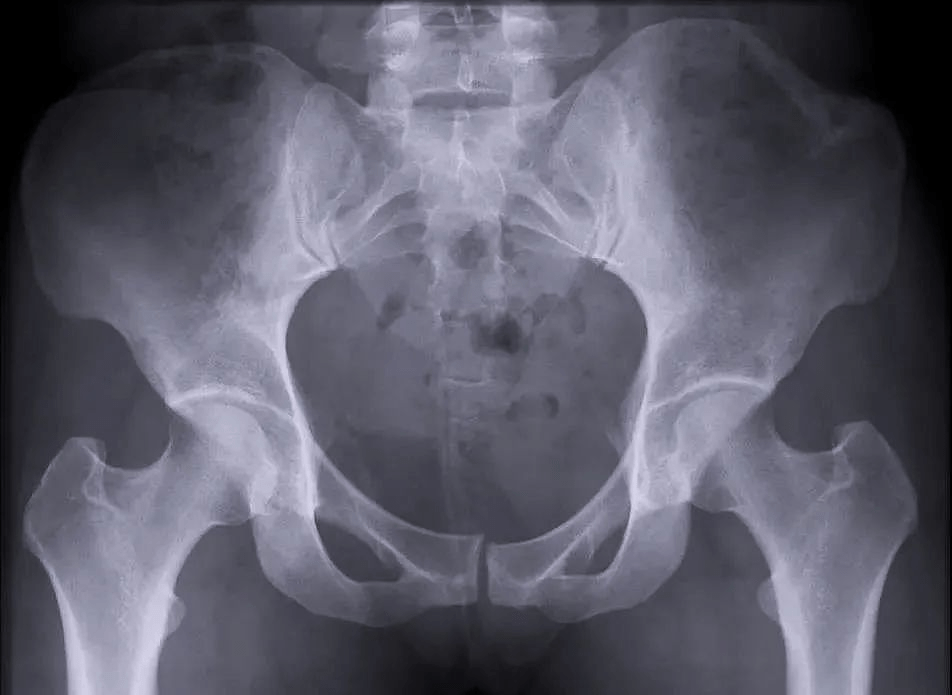

Large flat panel C-arm Provides more image details
The PLX119C is a large flat panel C-arm with a 30cm x 30cm flat panel detector and a large field of view, which can present more image details and has advantages for applications such as bilateral pelvic fracture type surgery or posterior pelvic ring internal fixation.
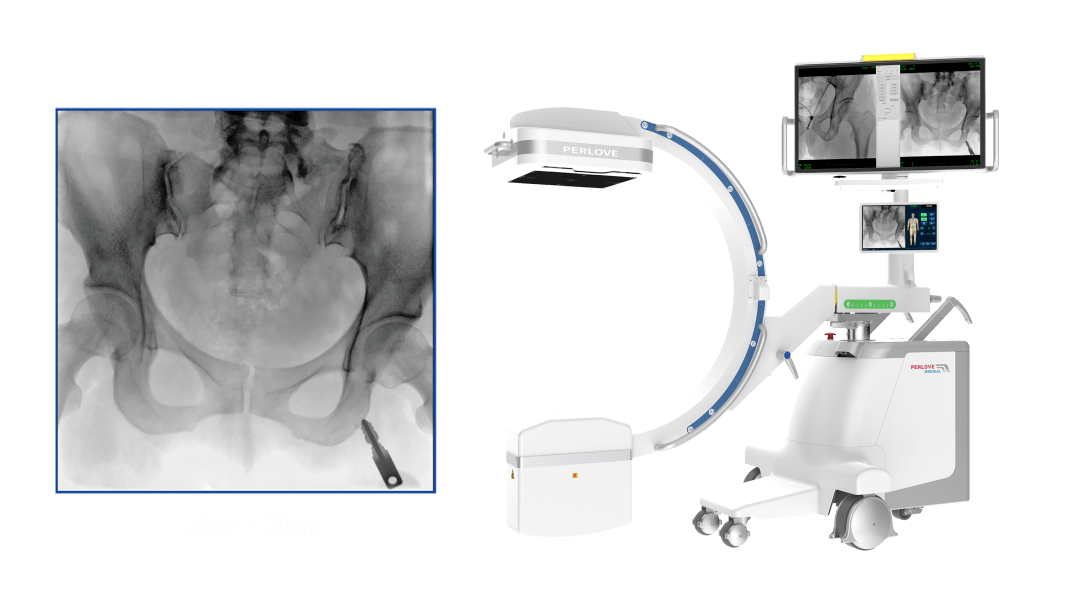
One exposure can obtain images of all fracture parts, simplify the exposure process and improve the operation efficiency.
-
Surgical Robots Take the Stage in the “Battle to Protect the Spine”
Read More » -
Application of 3D C-arm Imaging in Radiofrequency Ablation Treatment of Trigeminal Neuralgia
Read More » -
Correcting Limb Length Discrepancy | 3D C-arm Assisted Epiphysiodesis in Pediatric and Adolescent Patients
Read More » -
Perlove Medical Concludes a Successful Presence at RSNA 2025 in Chicago
Read More » -
Multiple C-arm Systems From Perlove Medical Installed at Zhujiang Hospital of Southern Medical University
Read More » -
Perlove Medical 3D C-arm Installed at Ningde City Hospital
Read More »



